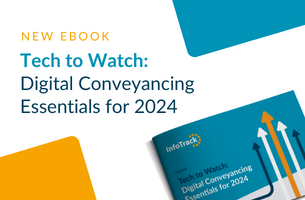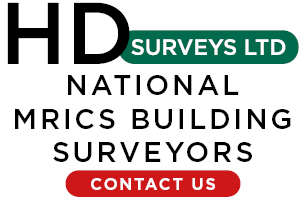
Websites: Very basic improvements could make big difference
The biggest law firms in the top 50 are some of the weakest when it comes to the digital effectiveness of their websites, a report has found.
Andy Donaldson, director of Hitsearch, said that in the post-pandemic world refusing to make “very basic” improvements to websites could mean law firms losing business to their smaller rivals.
He said that although firms had to be careful about what they said and how they said it, some of the areas of weakness highlighted by the report were “very easy to fix”.
He went on: “There could be a feeling of complacency among the biggest firms that they are going to get the clients anyway, but what happened to the world last year should have knocked that confidence.
“Smaller firms have been doing these things for 10 years and in the future clients may not be as forgiving.”
The top three performing law firms in the report Digital effectiveness in the legal sector were Gowling WLG, Trowers & Hamlins and Burges Salmon, while DAC Beachcroft was the lowest-ranked firm.
Most of the big City law firms featured in the bottom half of the table, with Slaughter and May the highest-ranked ‘magic circle’ firm in 15th.
Hitsearch recorded that paid search and its benefits “seem to be largely ignored by the sector, which is a significant missed opportunity to retarget previous website visitors during their ‘down-time’”.
On the whole, it went on, the top firms missed the opportunities offered by organic search and have been slow to adopt search best practice into their daily routine, including how video is used.
“Email marketing is also an area that is overlooked by many firms. Almost all of the organisations were slow to react to requests for email newsletters, neglecting this valuable audience.”
Researchers said website speed was a weakness for most top 50 law firms, with only 6% scoring over seven out of 10.
“Shockingly 24% of the firms actually scored under three out of 10 in this test, implying that too much of a focus on design and branding might be affecting the user experience.
“Website speed is one of many signals that Google uses to rank websites in its search results, which means that a slow site speed can be detrimental to any SEO activity you might already be doing on site – as well as affecting conversion rate, customer loyalty and revenue.”
Another poor area for law firms was client services, with two-thirds (66%) having no client area at all.
Researchers said that with clients becoming “more demanding”, many of them expected to be provided with somewhere where they could access billing information, case material and securely submit documents.
Almost a third of top 50 law firms (32%) failed to use their home pages to display a clear method of contact for potential clients. Only Bird & Bird scored full marks for home page effectiveness.
Fewer than a quarter (24%) were spending money on pay-per-click advertising, despite “working hard” at organic search marketing, while 44% encouraged website visitors to sign up for email marketing.
There was a mixed picture on the use of social media. Twitter and LinkedIn were the most popular platforms; use of LinkedIn has “increased dramatically”, with all but one firm posting at least once a week.
Facebook and Instagram were the “most neglected” platforms, even though Facebook was a “great channel for recruitment”.
Mr Donaldson said the problems law firms had with website speed was “normally because their website is not seen as a living thing that needs to be changed and improved upon”.
Instead their websites became “very static” with firms taking the view that “they will update it tomorrow”.
If something needed to be added, there was a tendency for it “to be bolted on, so things become quite clunky and dysfunctional”.
Earlier this week, separate research into the top 200 found that many were not prepared for the upcoming change to Google’s search algorithm, which for the first time the internet giant has given advanced warning.












Leave a Comment